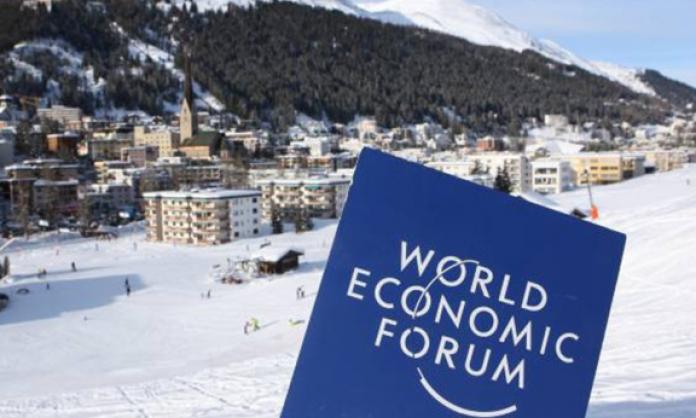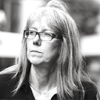There’s something surreal about the facts revealed in Oxfam’s latest inequality report. Eight men having the same combined wealth as 3.6 billion people is hard to get your head around.
While some media outlets such as the Independent in the UK have referred to this as “the gap between the super-rich and the very poor”, it’s half the world’s population we’re talking about in that “very poor” category. Inequality is getting worse. In the previous year’s report, it took 62 billionaires to balance the combined wealth of half of humanity – and that was down from the 388 billionaires required in 2010.
The same Independent article (and much of the media worldwide) packaged the reporting of Oxfam’s latest figures with swathes of information about how much of their wealth the eight richest men give away. Who cares? Given that they still have between $40 and $75 billion each to scrape by on, there’s no reason to be impressed by these public relations exercises.
But it is worth rescuing from his relative obscurity the final person on the list of eight. We should never forget that billionaire Michael Bloomberg was the mayor of New York City during Occupy Wall Street in 2011. That campaign against the 1 percent was a bit close to home for him. Bloomberg also personifies in a single individual another feature of global inequality – the degree to which the capitalist class is entwined with the political elite.
Oxfam’s inequality report is sometimes referred to as its Davos report because its release coincides with the annual meeting of the World Economic Forum. The luxurious facilities of the Swiss ski resort town of Davos are taken over by a toxic mix of heads of state and the super-rich with retinues of flunkeys, from journalists to show-business celebrities. The event includes the signing of billion dollar business deals while the WEF considers the biggest problems facing the world. This year they have focused on the oxymoronic “entrepreneurship in the global public interest”.
But to show just how much these parasites really care about inequality, the WEF meeting is also renowned for the best parties. Davos is now on “the circuit” of endless partying round the world for the super-rich.
All of it, from the lavish parties to the sessions on inequality, is made possible by the labour of hundreds of extra workers who are bussed in to serve them, staying up to five in a room on bunk beds so the good suites can go to their “betters”.
Demonstrating the sensitivity to inequality for which the rich are famous, Thomas Kleber, manager of Davos’ fanciest hotel, said of the workers: “I assume [the staff] get good tips” but “most of them are not coming for the money … Of course it’s hard work, but it’s a lot of fun” – just not for them.
The formal part of the proceedings, the lectures and panel discussions, are equally telling about the way the ruling class regards most of humanity. For example, the New York Times describes an annual feature: “a simulation of a refugee’s experience, where Davos attendees crawl on their hands and knees and pretend to flee from advancing armies. It is one of the most popular events every year”.
Events such as these always remind me of the social activities that Marie Antoinette engaged in before the French Revolution ended all her fun. Davos is like a modern version of the fake village she had built in the palace grounds (but lacking the dirt, starvation and disease), where she and some of her closest friends amused themselves by dressing up and pretending to be peasants.
Let’s hope it’s not too long before today’s billionaires meet Marie Antoinette’s fate.











